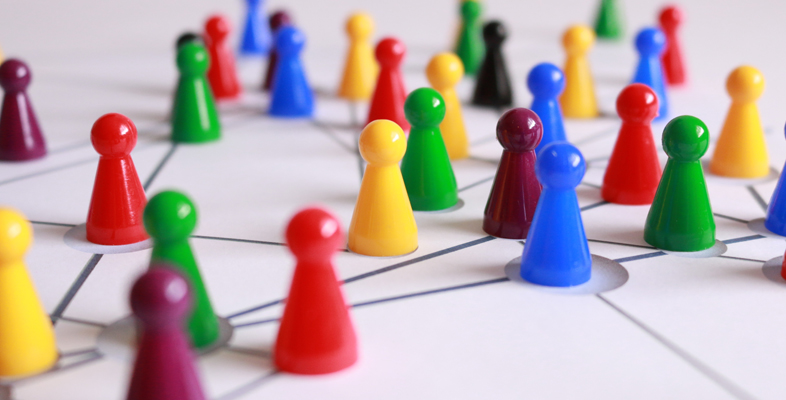1 Tajfel and Turner’s social identity theory
One of the issues that has been identified with cross-cultural working is the prejudice and stereotypes that exist, which can get in the way of a team working well together. Everyone feels more comfortable when they are with like-minded people and it is not unusual for all employees of a particular workplace to slowly adopt the same style of dress over time.
Take a moment to reflect how you have felt when someone has joined your team who seems different from you in some way. It may be the way they dress, or what they say or do. How does this make you feel? It may be that your initial thoughts are not positive.
When you are working in culturally diverse teams, it is important to overcome these initial feelings and find ways of working comfortably together. As you have seen in previous weeks, it is this very diversity and the difference in viewpoints that can lead to great ideas and ways of working.
Recognising prejudice has to be the starting point of this and you will now look at one model of social identity theory proposed by Tajfel and Turner in 1979.
Tajfel and Turner’s social identity theory (1986) recognises that three cognitive processes are relevant to the phenomenon of ‘in-group’ and ‘out-group’. An ‘in-group’ is the preferred group, which is seen as better to belong to. By contrast, membership of the ‘out-group’ is seen as undesirable and those who belong to it are viewed with some kind of prejudice or discrimination.
For Tajfel and Turner, putting people into categories or groups was simply part of the normal cognitive process, as there is a tendency for people to group people and things together. When this happens though there is a tendency to exaggerate two things:
- the differences between you and other groups
- the similarities among members of the group you are in.
Three cognitive processes are part of this:
- Social categorisation – the process of deciding which group you belong to. This in itself is not a problem and not involved in the possible later prejudice or discrimination against other groups.
- Social identification – when you are part of a group you tend to identify with them. You take on the attitudes and ways of working of other members of the group and see their views as compatible with your own and therefore worth emulating.
- Social comparison – the very act of belonging to a group increases your concept of self. Other groups are seen as being different and you start to identify them as ‘them’ and your own group as ‘us’ (Figure 1). It is this final stage in the cognitive process where social comparison is made with other groups that in itself creates the distinctiveness of the in-group.
Activity 1 Famous in-groups
Take a moment now to think of some famous examples of in-groups and out-groups. You may want to consider sports teams , countries, religion and politics to come up with some ideas. Jot down your answers in the box below. Two examples have been given below – see if you can add five more!
- Catholic and Protestants in Northern Ireland
- Male and Female
Discussion
There are lots of examples of in-groups and out-groups and some are more controversial or upsetting to think about than others.
- Catholic and Protestants in Northern Ireland
- Male and Female
- The Montagues and the Capulets in Romeo and Juliet
- Jews and Nazis in Germany
- Bosnians and Serbs in Yugoslavia
- Labour and Conservatives
- Manchester United and Liverpool football teams
- Middle class and working class
Next you will look at the distinction between stereotypes, prejudice and discrimination and complete an activity to see if you hold any stereotypical or prejudiced thinking that you are not consciously aware of.

